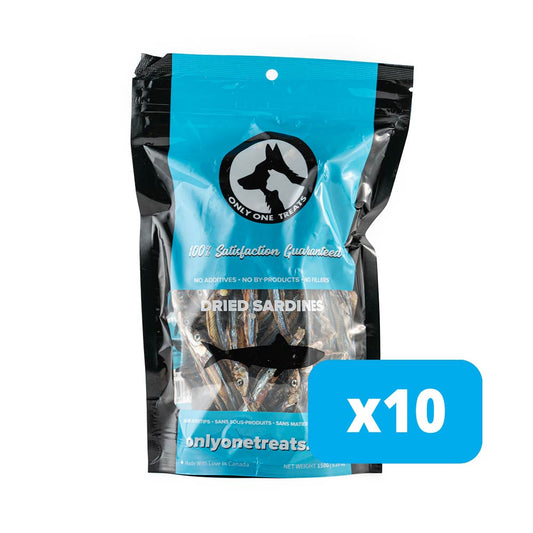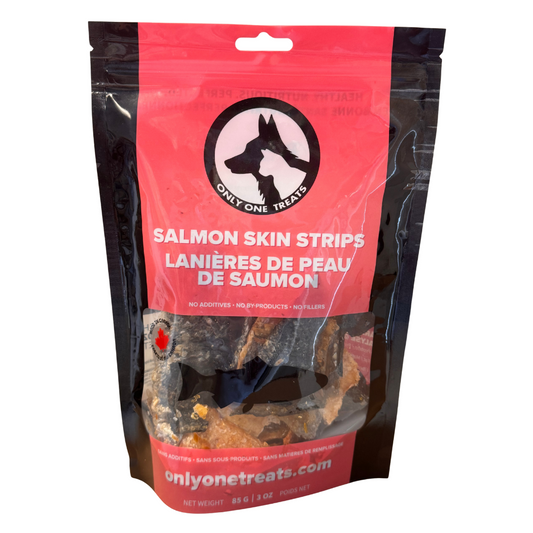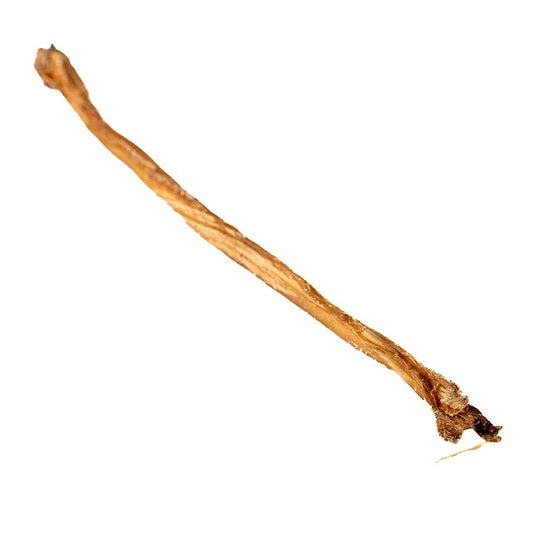Research Deep Dive: What is your dog's favourite colour?
As a loving dog parent, you might have noticed that your furry friend seems to prefer certain toys, blankets, or even areas of your home over others. But have you ever wondered why? Well, it could have something to do with the colours of the rainbow! So that begs the question: does your dog have a favourite colour? And ultimately, what colours can dogs see?
Understanding what colours your dog can see and how they perceive the world can help you choose the right toys, accessories, and even food bowls to make their environment more enjoyable. In this deep dive, we’ll explore the science behind dog colour vision, how it affects their daily lives, and how you can use this knowledge to brighten up your dog’s playtime and mealtime.
What Colours Can Dogs See?
To understand what colours dogs can see, it’s essential to first explore how their vision works. Unlike humans, who have three types of colour receptors (cones) in their eyes, dogs have only two. This difference means that while humans can see a broad spectrum of colours, dogs have a more limited range.
The Science Behind Dog Colour Vision
Humans are trichromatic, meaning we have three types of cones that allow us to perceive red, green, blue, and the combination of these colours. Dogs, on the other hand, are dichromatic. Their two types of cones are sensitive to blue and yellow wavelengths, but they can’t distinguish between red and green. This means that, for dogs, the world appears in shades of blue, yellow, and grey.
In practical terms, colours like red and green appear as a form of grey or brown to dogs. So, if you’ve ever thrown a red ball onto green grass and noticed your dog struggled to find it, this is why! The ball blends into the background for them, making it much harder to see.
Dog Colour Blindness: A Closer Look
You might have heard the term “dog colour blindness” and wondered if your dog is entirely colour blind. While it’s true that dogs don’t see the full spectrum of colours that we do, they are not completely colour blind. Instead, they see a more limited range of colours, similar to what a human with red-green colour blindness would see.
This type of vision is perfectly suited to a dog’s natural environment. In the wild, dogs rely more on their other senses—like smell and hearing—than on their sight. Their ability to see in low light conditions is far superior to ours, and they can detect movement from great distances. This means that, while they might not see the same vibrant world that we do, their vision is well adapted to their needs.
How Colours Affect Your Dog’s Playtime
Now that we know what colours dogs can see, how can we use this knowledge to enhance their playtime? Choosing toys and accessories in colours that are easier for dogs to see can make playtime more fun and engaging.
Choosing the Right Toys

When picking out toys for your dog, opt for those in shades of blue or yellow. These colours will stand out the most to your dog and be easier for them to track and locate. For example, a bright blue ball is much more visible to your dog than a red one. Especially when playing outside on the grass.
Some popular options include:
- Blue Frisbees: Easy for dogs to see when flying through the air.
- Yellow Balls: Stand out against different backgrounds, making them easier to fetch.
- Blue or Yellow Tug Toys: More visually engaging during interactive play sessions.
Enhancing Training with Colours
You can also use colour to your advantage during training. Since dogs can see blue and yellow more vividly, using these colours for training tools, like clickers or treat pouches, can help your dog focus better. For example, if you’re working on fetch or recall, using a bright yellow or blue training tool can make it easier for your dog to spot the object from a distance.
Brightening Up Mealtime
Mealtime is another area where understanding your dog’s colour vision can make a difference. While dogs primarily rely on their sense of smell and taste during meals, using bowls and mats in colours they can see can make the experience more engaging.
Choosing the Right Food Bowls
Consider switching to blue or yellow food and water bowls. These colours will stand out more against your floor. This makes it easier for your dog to locate their bowls, especially in low light conditions. This is particularly helpful for older dogs who might have declining vision.
Interactive Feeding Toys
Interactive feeding toys, like puzzle feeders, can also be more engaging for your dog if they’re in colours your dog can easily see. A blue or yellow puzzle feeder will be more stimulating for your dog as they work to get their food or treats. This makes mealtime both mentally and visually engaging.
How Colours Can Influence Your Dog’s Mood
Just as colours can influence human emotions, they can also have an impact on your dog’s mood and behaviour. While dogs don’t perceive colours in the same way we do, the colours they can see can still affect their daily lives.
Calming Colours
If your dog tends to be anxious or excitable, incorporating blue into their environment could help. Blue is a calming colour that can help reduce stress and create a more peaceful atmosphere. Consider using blue blankets, beds, or even room decor in areas where your dog spends a lot of time. This creates a more soothing environment.
Stimulating Colours
On the other hand, if your dog is more on the lazy side or needs some extra motivation, yellow can be a stimulating and energizing colour. Adding yellow toys, leashes, or accessories to your dog’s routine can help keep them engaged and active.
Colour and Safety
Understanding your dog’s colour vision isn’t just about enhancing playtime and mealtime. It can also play a role in keeping your dog safe.
Visibility Outdoors
When taking your dog for walks or allowing them to play outside, consider using collars, leashes, and harnesses in blue or yellow. These colours are more visible to your dog, making it easier for them to stay aware of their surroundings. This is especially important in areas with heavy traffic or during low light conditions, where visibility is crucial for safety.
Avoiding Hazardous Items
Since dogs can’t distinguish red from green, it’s important to be mindful of these colours. Especially when it comes to potentially hazardous items. For example, if you have plants or objects in your home that are red or green and could be harmful to your dog, make sure they’re placed out of reach. Your dog might not be able to see these items clearly, which could increase the risk of accidental ingestion.
Making the Most of Your Dog’s Colour Vision
While dogs don’t see the world in the same vibrant colours that we do, understanding their unique vision can help us create a more engaging and safe environment for them. By choosing toys, accessories, and even food bowls in colours that stand out to your dog, you can enhance their playtime, mealtime, and overall well-being.
Remember, it’s not just about what looks good to us—it’s about what works best for our furry friends. Whether you’re picking out a new toy or setting up a safe play area, keep your dog’s colour vision in mind. With a little thought and creativity, you can brighten up your dog’s world in ways that truly make a difference.
So, next time you’re shopping for your dog, consider their favourite colours—blue and yellow—and see how you can use these shades to enhance their life. After all, every little bit helps in creating a happy, healthy, and colourful world for your beloved pet.





